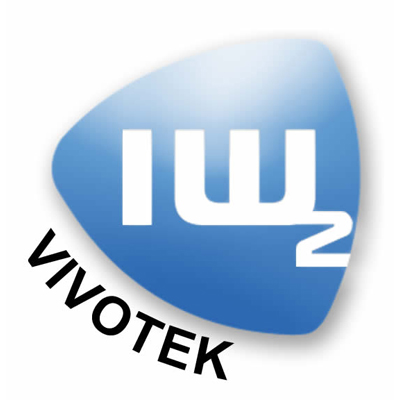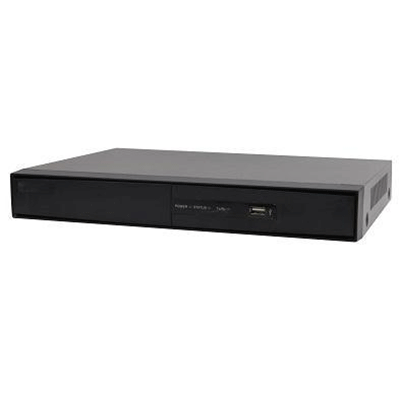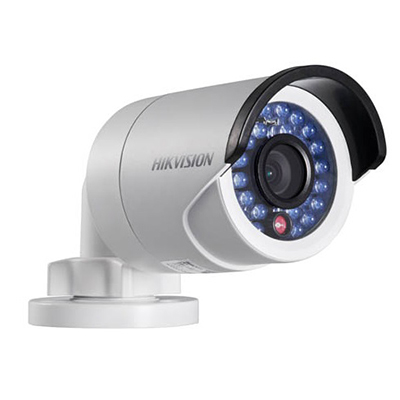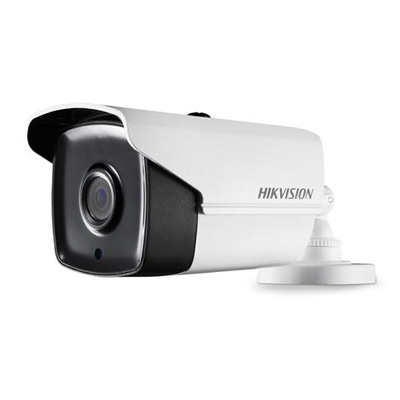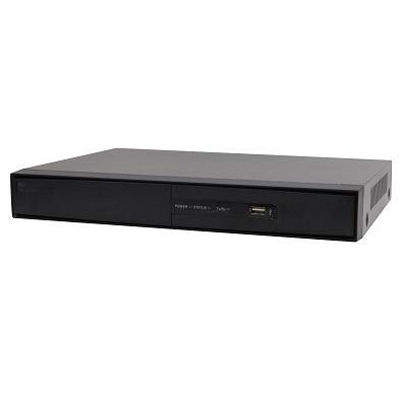The Opengear Lighthouse product line consists of either a software appliance, which can be deployed to virtualised environments, or a choice of two hardware appliance solutions. Two new Dell rack mounted servers offer a proven, reliable hardware platform in standard and enterprise models. Both software and hardware appliances may operate in standalone, or in redundant configurations. These flexible product delivery methods allow Opengear’s customers to deploy the solution which best fits their environment.
The Opengear Lighthouse centralised management software offers enhanced management of corporate out-of-band (OOB) networks including upgraded centralised dial functionality, which provides network engineers and administrators quick and easy connection to remote locations. This builds on Opengear’s cellular Call Home technology, allowing those customers using Opengear appliances to centrally manage and access their IT infrastructure, whether they are reachable over the production network, through out-of-band cellular or through dialup connections. This unique end-to-end management solution streamlines provisioning, maintenance and remediation of distributed equipment, allowing central technical staff to securely manage more infrastructure with fewer resources.
“Our goal is to help large and small organisations manage their infrastructure in a secure and efficient manner,” said Rick Stevenson, CEO of Opengear. “Central management is a key requirement for any distributed network. Our new Lighthouse solutions provide better hardware options, new features targeted at improving usability, and an architecture which can scale from small to large organisations with many remote sites. Our partnership with Dell provides an improved quality solution and aligns with our strategy of providing best in class network infrastructure management.”
New to Opengear Lighthouse:
- Enterprise grade capabilities: Upgraded software capabilities support up to 5000 devices and new enterprise-grade hardware from Dell includes dual power supplies, dual NICs and RAID storage system.
- Manageability: An upgraded user interface now enables network administrators to quickly find and access any piece of infrastructure on their network. Improved, centralised dial out capabilities leverage Opengear’s out-of-band experience.








